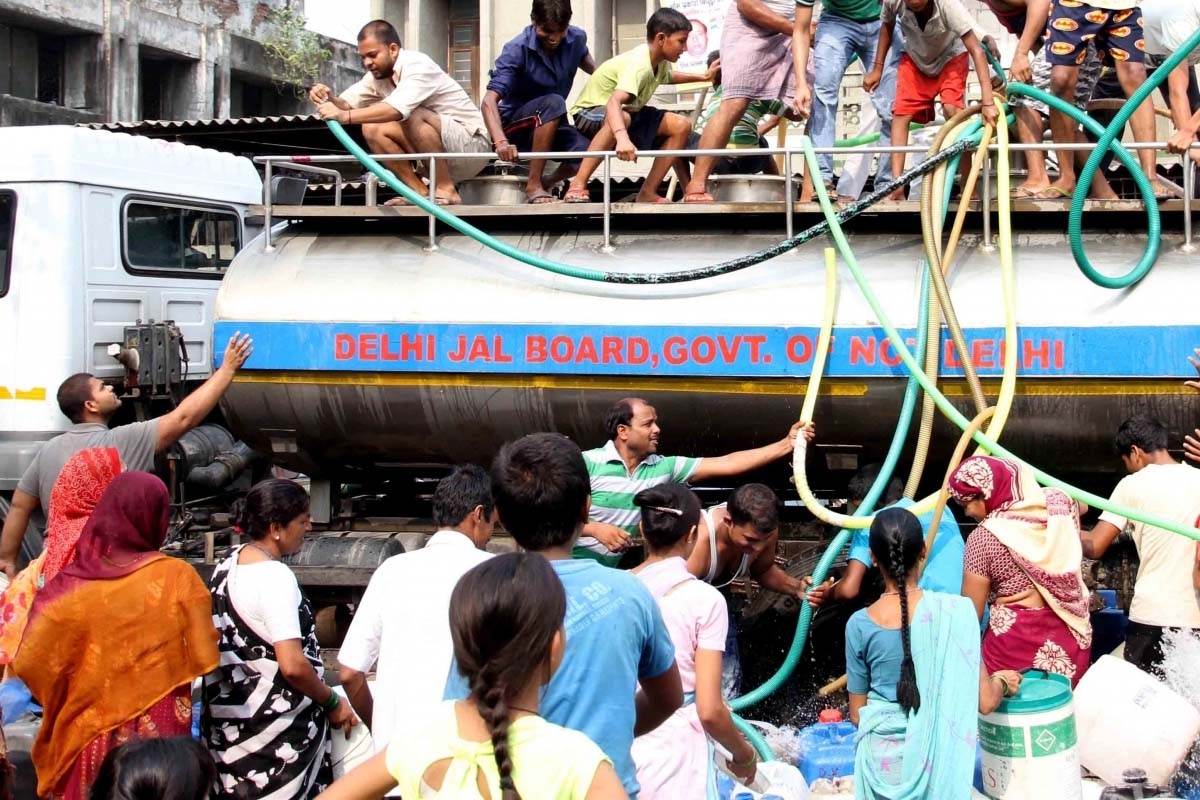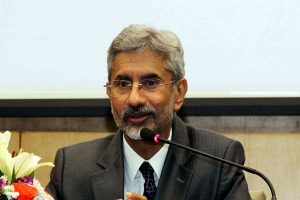Water woes of Delhi may soon be a passe thanks to the concerted efforts of Delhi government to develop and revive at least 250 reservoirs and 23 lakes. It will not only help the national capital to earn the sobriquet of the ‘City of Lakes’ but will also offer a sustainable solution to its water crisis.
A budget of Rs 376 crore has been approved by the state government for 159 water bodies, while a budget of Rs 77 crore has been sanctioned for the construction of two big lakes. This project, started by the Delhi Jal Board (DJB) in 2017-18, is likely to be finished by 2024.
Advertisement
The process to revive and develop lakes and reservoirs was started in 2017. The DJB has been entrusted with the task of reviving and developing about 250 reservoirs and 23 lakes in different parts of the city. The DJB started work on the project in 2018.
Under the project, the lakes which have dried up and are in a bad condition, are being revived, while the construction of artificial lakes at seven different locations in the national capital is underway.
The government is also working to revive small water bodies. The objective of the entire exercise is to create various reservoirs to prevent urban flooding, raise the groundwater level, and resolve the issue of blocked drains.
The Delhi government is rejuvenating dilapidated lakes by using a sustainable model. Local flora is being planted around the lakes. Along with this, the beautification work is being also carried out around the water bodies.
DJB Consultant and Engineer Ankit Srivastava told a news agency that the project is the brainchild of Chief Minister Kejriwal. Under this, the priority is to increase the ground water level and keep our own water reserves ready. It was later decided to beautify the surroundings of these water bodies as well.
He said that about 1,000 MGD of water is supplied in Delhi, out of which 900 MGD comes from other states, while about 100 MGD of water is drawn by the Delhi government itself. After the completion of the project, Delhi will become self-sufficient to a large extent.
According to the DJB, in the first phase of the project, 50 water bodies have been identified, where the waste water used to go. These are now being revived. Apart from this, lakes have been dug at seven places, in which the water is being released from the sewage treatment plants (STPs).
Piezometers are also being installed in lakes to measure the ground water level.
According to the DJB, in the lakes that were excavated in the first phase, there was an increase of 1.5 to 1.75 metres in the ground water level. After which the lakes are being deepened and better results will be seen in the coming time.
The first water body work under the project was started as a pilot in Rajokri.
Srivastava told the news agency that usually the work of water bodies gets completed in 6-7 months, but there are many places where there are encroachments and thus the people create obstacles. Due to this, some projects are getting delayed.
According to Srivastava, the water related work in 50 water bodies has been completed. Now, beautification and tourism related works are being done there.
He said that the work has been completed in Pappan Kalan and Nilothi. While in Dwarka, 90 per cent work has been done. 50 per cent work is completed in Iradtnagar, Shahdara, and Roshanara, 70-80 per cent in Rohini, 95 per cent in Timarpur and 70 per cent work has been completed in Sanauth so far.











